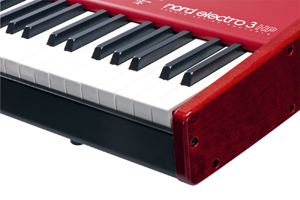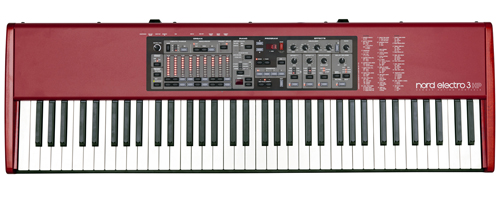
performance: The Neve studios limiter/compressor type 2254A has been designed to meet the varied needs of sound recording studios for a flexible and comprehensive instrument for the control of progarmme dynamic range.
specifications:
input:10K ohm bridging earth-free
output: Source impedance 80 ohms, balanced and earth-free
maximum output +26dbm into 600ohms
gain:0db (preset)
noise:-75dbm in the band 20Hz to 20kHz for the linear and Limit modes rising in the compression mode with an increase in 'MAKE UP GAIN' to a maximum of -60dbm at 6:1 ratio
frequency Response: Flat, within 1db, from 20 Hz to 20 kHz
distortion: Typical results measured at +8db out and with 800ms recovery time are: residual, linear mode-0.05%. Compression mode, 6:1 ratio-0.2%
limiting mode@20db input -0.4%
limiter:
ratio: greater than 100:1
level: +8dbm within 0.5db on preset, adjustable from +4dbm to +12dbm in steps of 0.5dbm
attack Time: 5mS
recovery Time: 100mS, 200mS, 800mS, and 'Auto' 50mS/5 sec.
compressor:
ratio: 1.5:1, 2:1, 3:1, 4:1, 6:1.
threshold: 0dbm, within 0.5db on preset, adjustable from-20dbm, to +10dbm in 2db steps.
attack time:5ms
recovery time: 400mS, 800mS, 1500mS/5 sec
gain:0db below compression threshold, adjustable 'Gain make up' available from 0db to +20db
meter:
switched to indicated either gain control up to 16db or signal level from -12db to +12db. Action approximates that of a P.P.M











